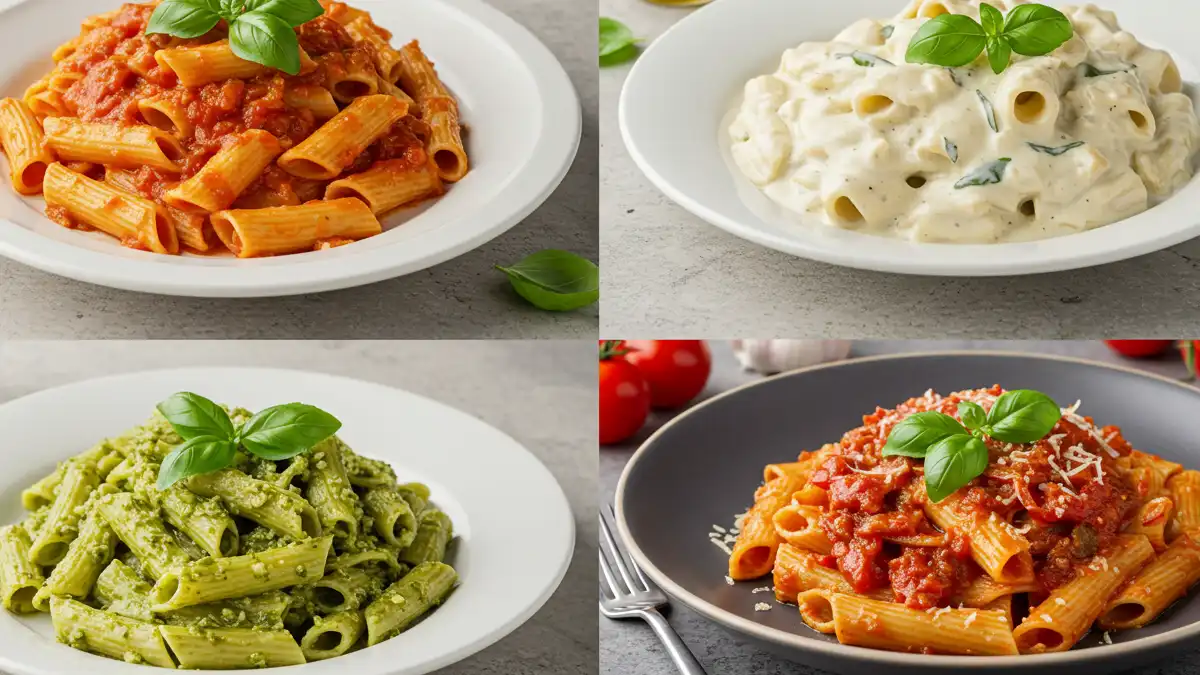
Lumache pasta, named for its distinctive snail-shell shape, is a delightful choice for capturing rich, flavorful sauces. Its curved structure allows it to hold onto ingredients, ensuring every bite is packed with taste. Whether you’re a fan of classic Italian flavors or bold, innovative combinations, lumache pasta is a versatile base for a variety of dishes. Below, we explore four mouthwatering lumache_pasta recipes that will make you fall in love with this unique pasta shape.
Table of Contents
Classic Lumache Pasta with Creamy Tomato Basil Sauce
A well-executed tomato-based pasta dish is a timeless favorite, and lumache_pasta is the perfect vessel for a creamy tomato basil sauce.
Ingredients:
- 12 oz lumache pasta
- 2 tbsp olive oil
- 3 cloves garlic, minced
- 1 small onion, finely chopped
- 1 can (28 oz) San Marzano tomatoes, crushed
- 1/2 cup heavy cream
- 1/2 cup freshly grated Parmesan cheese
- 1 tsp red pepper flakes (optional)
- Salt and black pepper to taste
- Fresh basil leaves for garnish
Instructions:
- Cook lumache pasta in salted boiling water according to package directions. Drain and set aside.
- In a large skillet, warm olive oil over medium heat. Add the garlic and onion, cooking until fragrant and translucent.
- Pour in crushed tomatoes and season with salt, black pepper, and red pepper flakes. Simmer for 15 minutes, stirring occasionally.
- Stir in heavy cream and Parmesan cheese, allowing the sauce to thicken slightly.
- Add cooked lumache_pasta to the sauce and mix well to coat evenly.
- Garnish with fresh basil leaves and serve hot.
This creamy tomato basil lumache is a comforting and satisfying dish that pairs wonderfully with a glass of Chianti.
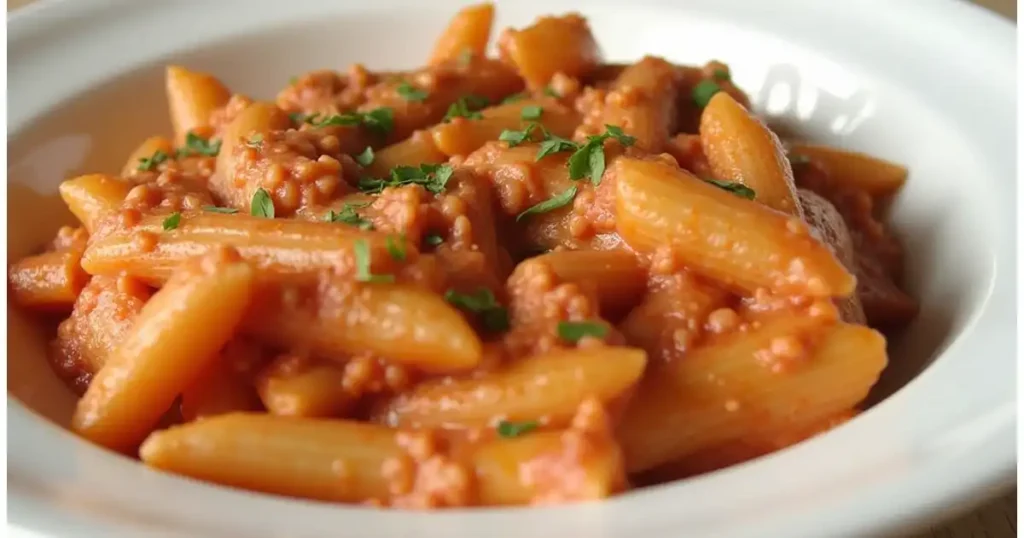
Garlic Butter Lumache Pasta with Shrimp and Spinach
For seafood lovers, this garlic butter lumache pasta with shrimp and spinach is a dish full of bold, fresh flavors.
Ingredients:
- 12 oz lumache pasta
- 2 tbsp unsalted butter
- 3 cloves garlic, minced
- 1 lb large shrimp, peeled and deveined
- 1/2 tsp red pepper flakes
- 3 cups fresh spinach
- 1/2 cup white wine (or vegetable broth)
- 1/2 cup grated Parmesan cheese
- Salt and black pepper to taste
- Juice of 1/2 lemon
Instructions:
- Cook lumache pasta in salted boiling water until al dente. Reserve 1/2 cup pasta water before draining.
- In a large skillet, heat butter over medium heat until melted. Add garlic and sauté until fragrant.
- Add shrimp and red pepper flakes, cooking until shrimp turn pink, about 3 minutes per side.
- Toss in spinach and cook until wilted.
- Pour in white wine and let simmer for 2 minutes.
- Add cooked pasta, reserved pasta water, and Parmesan cheese. Stir until well combined.
- Finish with a squeeze of fresh lemon juice and serve immediately.
The combination of garlic butter, shrimp, and spinach creates an irresistible dish that’s both light and indulgent.
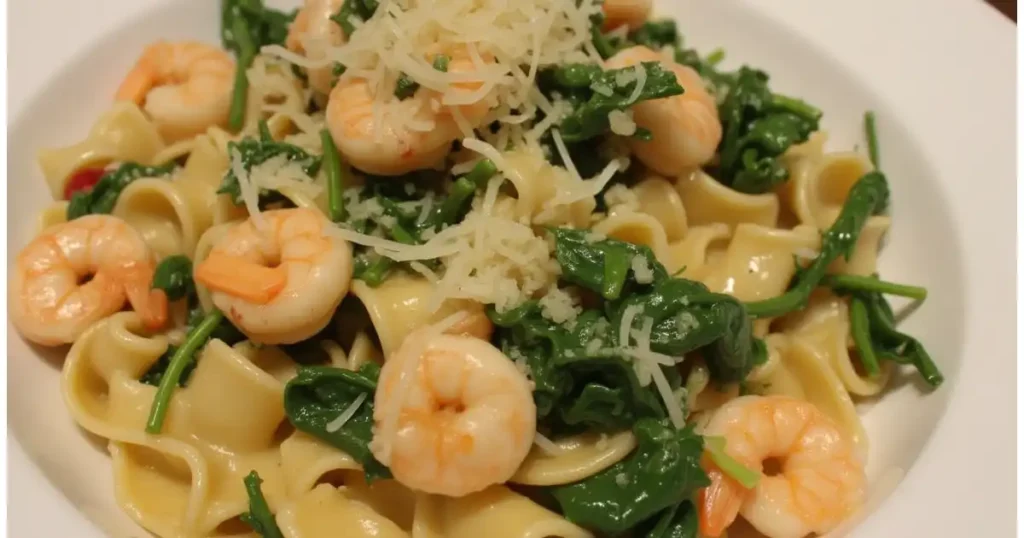
Creamy Pesto Lumache Pasta with Chicken and Sun-Dried Tomatoes
This rich and herbaceous pesto-based pasta dish is a must-try for anyone who loves bold flavors.
Ingredients:
- 12 oz lumache pasta
- 2 tbsp olive oil
- 2 boneless, skinless chicken breasts, sliced
- Salt and black pepper to taste
- 3/4 cup basil pesto (store-bought or homemade)
- 1/2 cup heavy cream
- 1/2 cup sun-dried tomatoes, chopped
- 1/2 cup grated Parmesan cheese
- 1/4 cup pine nuts, toasted
- Fresh basil for garnish
Instructions:
- Cook lumache pasta in salted water until al dente. Drain and set aside.
- Warm olive oil in a skillet over medium-high heat. Add chicken, seasoning with salt and black pepper. Cook until golden brown and cooked through.
- Reduce heat and stir in pesto, heavy cream, and sun-dried tomatoes. Simmer for 2 minutes.
- Add the cooked pasta and stir well to coat it with the sauce.
- Sprinkle with Parmesan cheese and toasted pine nuts before serving.
- Garnish with fresh basil leaves for a final touch.
This creamy pesto lumache pasta brings together nutty, cheesy, and savory notes for an unforgettable meal.
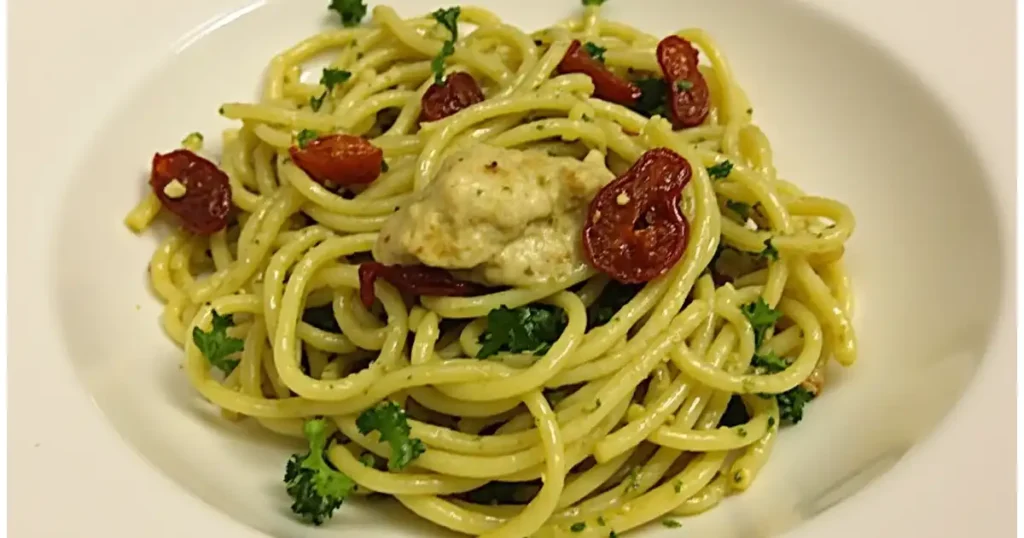
Spicy Sausage and Roasted Red Pepper Lumache Pasta
A little heat can elevate any pasta dish, and this spicy sausage and roasted red pepper recipe does just that.
Ingredients:
- 12 oz lumache pasta
- 2 tbsp olive oil
- 1 lb spicy Italian sausage, casing removed
- 1 small onion, diced
- 3 cloves garlic, minced
- 1 cup roasted red peppers, sliced
- 1/2 cup crushed tomatoes
- 1/2 cup chicken broth
- 1/2 tsp crushed red pepper flakes
- 1/2 cup grated Parmesan cheese
- Fresh parsley for garnish
Instructions:
- Cook lumache_pasta in salted boiling water. Drain and set aside.
- In a large skillet, warm olive oil over medium heat. Add sausage and cook, breaking it apart until browned.
- Add onion and garlic, sautéing until softened.
- Add the roasted red peppers, crushed tomatoes, chicken broth, and red pepper flakes, stirring to combine. Simmer for 10 minutes.
- Toss in cooked pasta and mix until fully coated.
- Sprinkle with Parmesan cheese and garnish with fresh parsley.
This spicy, smoky, and savory dish is perfect for those who love a little kick in their pasta.
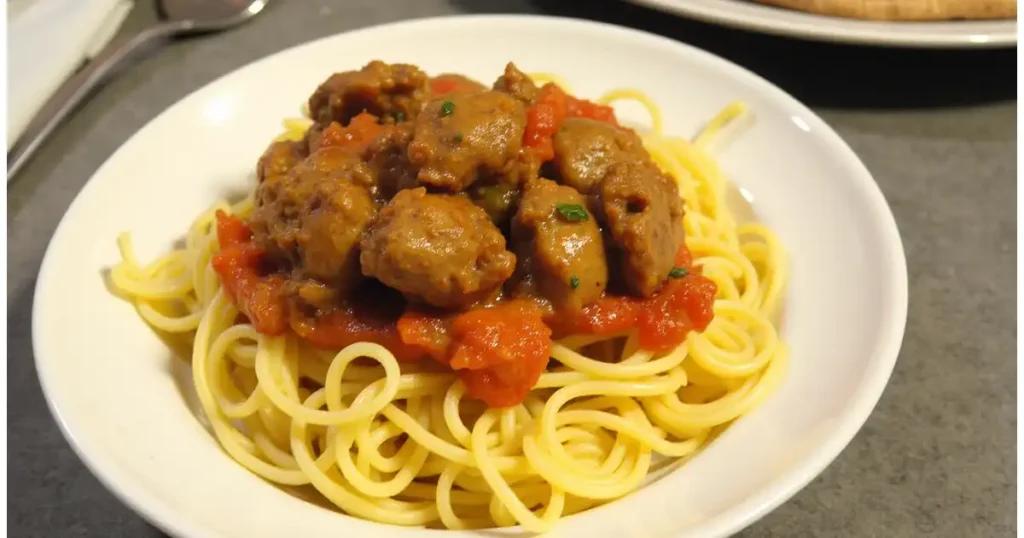
Final Thoughts
Lumache pasta is an incredibly versatile ingredient, perfect for holding onto a variety of sauces and flavors. Whether you prefer creamy, garlicky, herby, or spicy dishes, these four recipes provide something for every palate. Pair them with your favorite wine and enjoy a restaurant-quality meal at home.
FAQs
1. What is lumache pasta used for?
Lumache pasta, which resembles small seashells with ridges, is ideal for holding creamy or chunky sauces. Its unique shape makes it perfect for dishes like baked pasta, salads, or casseroles. It works well with sauces that have bits of vegetables, meat, or cheese.
2. What is the meaning of Lumache?
The word lumache comes from Italian and translates to “snails” in English. This refers to the spiral, shell-like shape of the pasta.
3. What is Al Pacino pasta?
There is no officially recognized pasta called “Al Pacino pasta.” However, some people might jokingly refer to large, dramatic pasta shapes (like garganelli or paccheri) as “Al Pacino pasta” due to their bold appearance. If you’ve heard this term elsewhere, it may be a playful nickname rather than an actual type of pasta.
4. What is the rarest pasta shape?
One of the rarest pasta shapes is Mafalde alla Chitarra . It’s a narrow, flat pasta with ruffled edges, similar to tagliatelle but more delicate. Other rare shapes include Strozzapreti (hand-rolled twisted pasta) and Orecchiette Pugliesi (small ear-shaped pasta made by hand).
5. How do you say lumache pasta?
Pronounce lumache as loo-MAH-kay . The emphasis is on the second syllable (“MAH”).
6. What is the long pasta with holes in it?
The long pasta with holes is called Bucatini . It resembles spaghetti but has a hollow center, allowing it to capture sauce inside its tube-like structure.
7. Why is it called Rasta pasta?
Rasta pasta refers to Reginette , a wide, flat pasta that somewhat resembles dreadlocks, hence the nickname “Rasta pasta.” Its broad surface area makes it excellent for pairing with rich, hearty sauces.
8. What is the big tube pasta?
The largest tube pasta is typically Ziti or Penne Rigate if ridged. For even larger tubes, there’s Paccheri , which is often used in baked dishes because of its ability to hold generous amounts of filling.
9. What is truffle lumache?
Truffle lumache is lumache pasta infused with truffle flavor or served with truffle oil/sauce. The earthy aroma of truffles complements the shell-like shape of lumache, making it a gourmet choice for special occasions.
10. What is the point of bowtie pasta?
Bowtie pasta, also known as farfalle , is versatile and holds sauces well due to its pinched center and wide surface. Its distinctive butterfly shape adds visual appeal to dishes like pasta salads, cream-based sauces, or tomato-based recipes.
11. What is the ball pasta?
The “ball” pasta is Gnocchi when referring to potato-based dumplings, though technically not a traditional pasta. Alternatively, Cavatelli can resemble small balls when freshly made. Another option is Spherical Pasta , such as Pici Palline , tiny round pasta beads.
12. What is Cavatelli pasta called?
Cavatelli pasta is sometimes referred to as conchiglie piccole (small shells) due to its curled, shell-like appearance. In some regions, it may also be called strascinati or orecchiette lunghe depending on the local dialect.
13. What is tiny pasta used for?
Tiny pasta shapes, such as Acini di Pepe , Orzo , or Stelline , are commonly used in soups, broths, and light salads. They add texture without overpowering the dish and are especially popular in Italian minestrone or chicken noodle soup.
14. What is pappardelle pasta used for?
Pappardelle is a wide, flat ribbon pasta traditionally paired with robust, meaty sauces like ragù, wild boar sauce, or mushroom-based dishes. Its broad surface allows it to soak up thick, flavorful sauces, making it a favorite for hearty meals.
conclusion
Pasta comes in a dazzling array of shapes, each designed to enhance specific types of dishes and complement various sauces. From the iconic lumache that hold creamy sauces to the delicate pappardelle perfect for rich ragù, every pasta shape tells a story of tradition, creativity, and culinary innovation. Whether you're enjoying tiny acini di pepe in a comforting soup or savoring truffle-infused lumache as a gourmet treat, pasta remains one of the most versatile and beloved staples worldwide.
Understanding the unique characteristics and uses of different pasta shapes not only elevates your cooking but also deepens your appreciation for the artistry behind this humble yet extraordinary food. So, whether you're experimenting with rare shapes like mafaldine alla chitarra or sticking to classic favorites like bowtie or spaghetti, let pasta inspire your next meal and bring joy to your table!
Happy cooking! 🍝✨
✨ Try this recipe today & let us know how you served it! ✨
📌 Save this for later & share with friends!